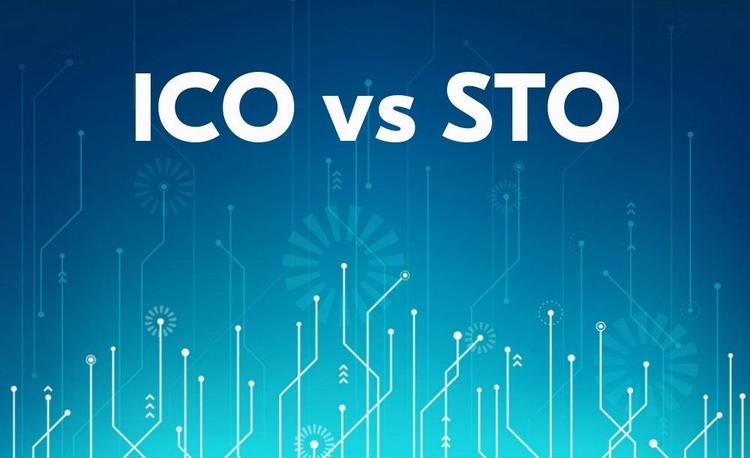
BEGINNER’S GUIDE
by: Towqeer gilkar

Initial Coin Offerings (ICOs) vs. Security Token Offerings (STOs): What's the Difference?
In the rapidly evolving world of cryptocurrency, two fundraising mechanisms have gained significant attention: Initial Coin Offerings (ICOs) and Security Token Offerings (STOs). Both serve as methods for companies to raise capital, but they differ fundamentally in their structure, regulatory compliance, and investor rights. This article aims to demystify these two concepts, highlighting the key differences between ICOs and STOs.
Initial Coin Offerings (ICOs)
An ICO is a fundraising method typically used by startups in the blockchain and cryptocurrency space. In an ICO, companies issue tokens, which are digital assets based on blockchain technology, in exchange for investment capital, usually in the form of cryptocurrencies like Bitcoin or Ethereum.
Characteristics of ICOs
- Regulatory Framework: ICOs operate in a largely unregulated environment. This lack of regulation has been both a draw for investors and a concern for regulatory bodies.
- Access to Capital: ICOs provide startups with a means to raise funds without the need for traditional venture capital or banking support.
- Investor Rights: Generally, ICO tokens do not grant ownership or voting rights in the company, nor do they promise a share in future profits.
- Risk and Reward: Investors in ICOs typically expect the value of the tokens to increase, though this is not guaranteed, and the risk of loss can be significant.
Security Token Offerings (STOs)
An STO is a more regulated form of fundraising that involves issuing digital assets, known as security tokens, in compliance with securities law. These tokens represent investment contracts into underlying investment assets, like stocks, bonds, or real estate.
Characteristics of STOs
- Regulatory Compliance: STOs are subject to securities regulations, which require issuers to register and disclose specific financial information, providing a layer of security for investors.
- Investor Rights: Security tokens often confer ownership rights, dividends, or a share in the profits of the issuing company, similar to traditional securities.
- Target Audience: STOs are typically aimed at accredited investors, although some are open to the general public, subject to regulatory requirements.
- Market Perception: STOs are often viewed as more stable and legitimate compared to ICOs due to their compliance with securities laws.
Key Differences Between ICOs and STOs
- Regulatory Oversight: The most significant difference lies in the regulatory framework. ICOs are largely unregulated, while STOs must adhere to securities regulations.
- Investor Protection: STOs provide more protection to investors through regulatory compliance, whereas ICOs are riskier with less oversight.
- Token Nature: ICO tokens are often utility tokens, providing access to a service or product, whereas STO tokens are investment tokens, offering traditional investment benefits.
- Market Access: ICOs are accessible to a broader audience, while STOs usually target accredited or experienced investors.
Conclusion
Both ICOs and STOs have reshaped the landscape of fundraising in the digital age. ICOs offer a quick and unregulated way to raise capital, ideal for startups in the blockchain space but come with higher risk and less protection for investors. STOs, on the other hand, offer a more secure and regulated investment, aligning more closely with traditional securities but with the added benefits of blockchain technology.
Related Blogs
Our great way to help make people keep working for us is to invest in their overall job satisfaction by providing them with the perks and benefits they want most.




